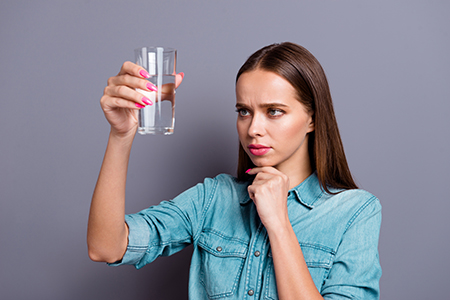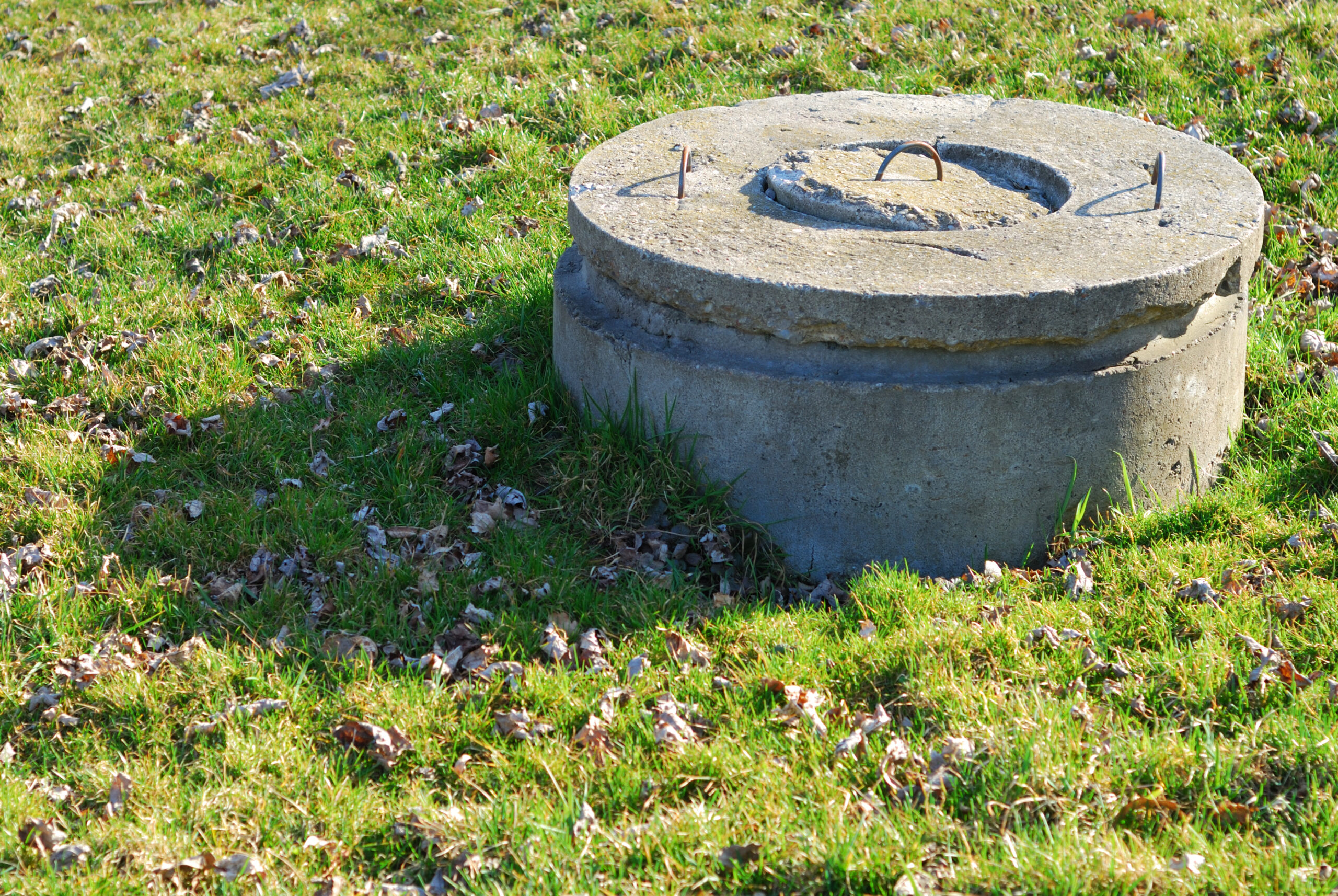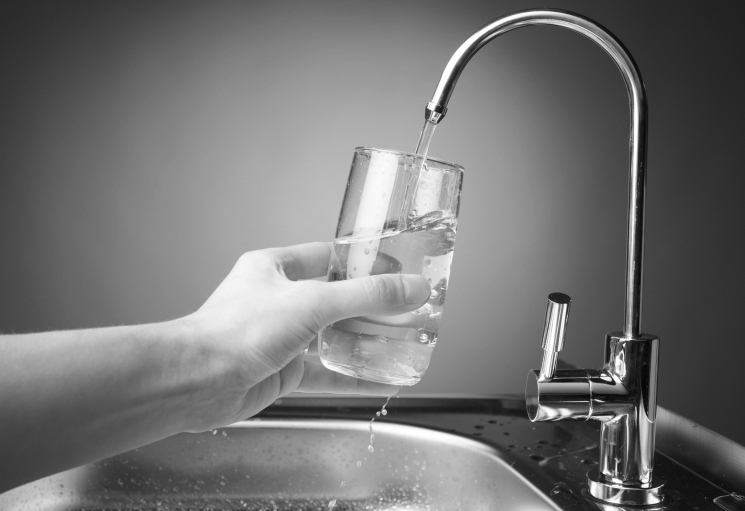
Municipalities use chlorine as a disinfectant to keep our drinking water safe from bacteria as it travels through pipes to our homes. Chlorine plays an important role in protecting your water from contamination and to stop the spread of disease.
Chlorination was first used in 1905 when a contaminated water supply caused a serious typhoid fever epidemic in England. It was discovered that a concentrated solution of chlorine gas dissolved in lime water killed the bacteria that caused the outbreak. The chlorination of the water supply helped to stop the epidemic and the use of chlorine has been used as a precautionary measure ever since.
In Canada, chlorination of drinking water began in 1917, and to this day chlorine is the most popular method of water disinfection all over the world.
Why Do We Use Chlorination for Our Drinking Water?
The main advantage of chlorination is that that is a proven disinfectant against parasites, bacteria and viruses, including e.coli and other waterborne pathogens that cause typhoid fever, dysentery, cholera and Legionnaires’ disease.
Chlorination is not only an effective method of disinfection, but it is also relatively inexpensive and easy for municipalities to implement. Also, in the event of a water treatment emergency, chlorination levels can be quickly adjusted to deal with an overload of waterborne pathogens.
The Negative Side of Chlorination
While chlorine has proven to be effective in disinfecting against bacteria and viruses, protozoan cysts are resistant to chlorine. Where these are present in a water source additional methods of water treatment must be used, in addition to chlorine.
Another concern is that chlorine can also be toxic to humans. At certain concentrations, chlorine gas can irritate the eyes, sinuses, and respiratory systems. It can also leave an unpleasant taste and odour on your drinking water.
Canada has strict guidelines for the chlorine levels that are acceptable in drinking water, reducing the risks of side effects from consuming chlorinated water. More concerning are the risks of side effects from disinfection by-products (DPBs). When chlorine reacts with organic compounds that are naturally found in water it produces DPBs, the most common being trihalomethanes (THM). THM can create a number of health concerns, including respiratory disease and cancer. These risks may increase during showering or bathing when warmer water is used.
Due to concerns about the health risks associated with DPBs, many communities in Europe have discontinued the practice of chlorination.
What Can be Done?
Water Depot carries a line of water treatment products that reduce chlorine and its by-products, including THMs. Our Chloramax Whole Home Systems reduce these harmful chemicals while maintaining the natural minerals found in water. If you are dealing with chlorinated water that also has a high level of hardness minerals, Water Depot’s Chloramax Twin System combines the superior softening of our Platinum Water Softener with the chemical reduction power of the Chloramax.
For use in municipal applications, the Chloramax Whole Home System removes or reduces:
- Chlorine
- Chloramines
- THMs
- Pesticides
- Herbicides
- Taste & Odour
Water Depot
Did you find the information in this article useful? Water Depot are your local water treatment experts, carrying a large selection of water treatment products. Contact us today for your free water test.






